Affiliate links on Android Authority may earn us a commission. Learn more.
The best Garmin watches for 2024
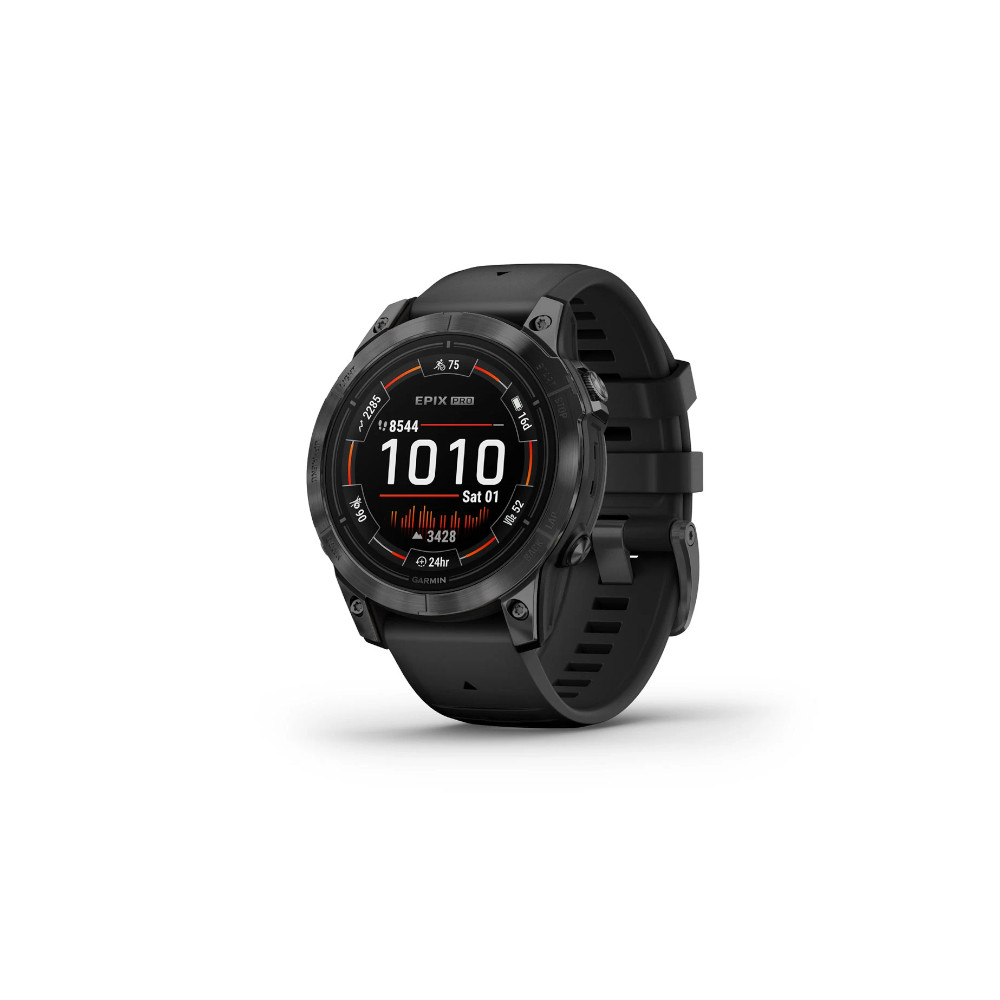
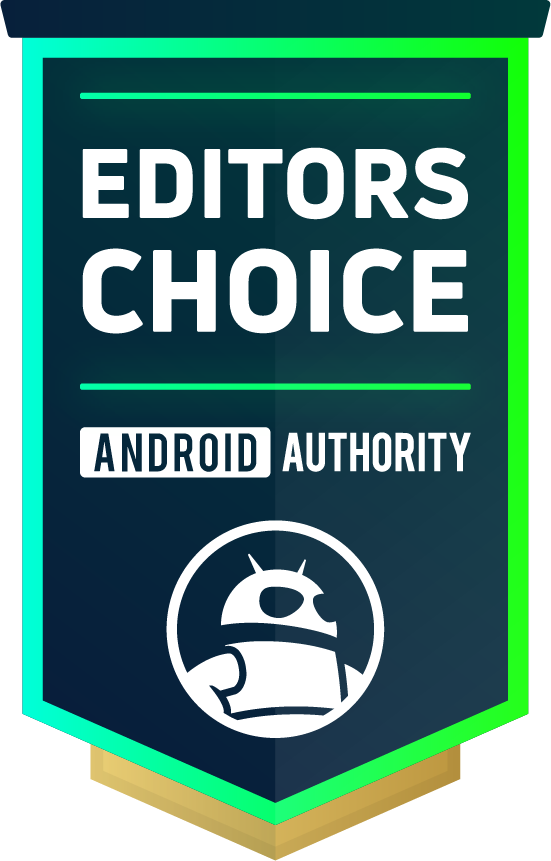

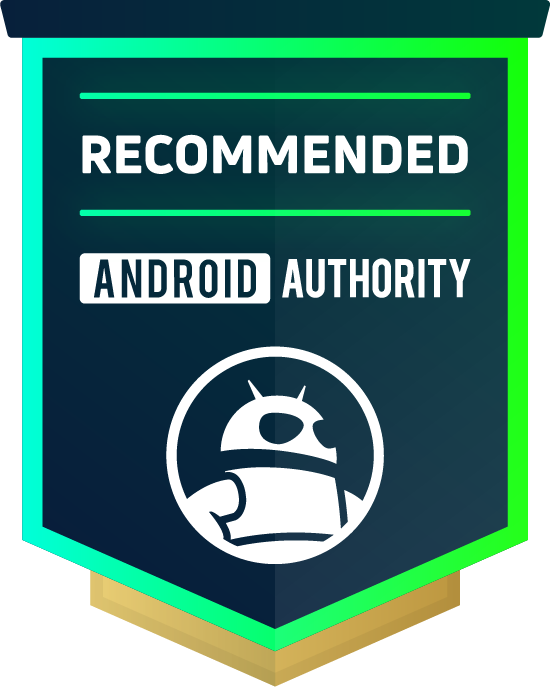
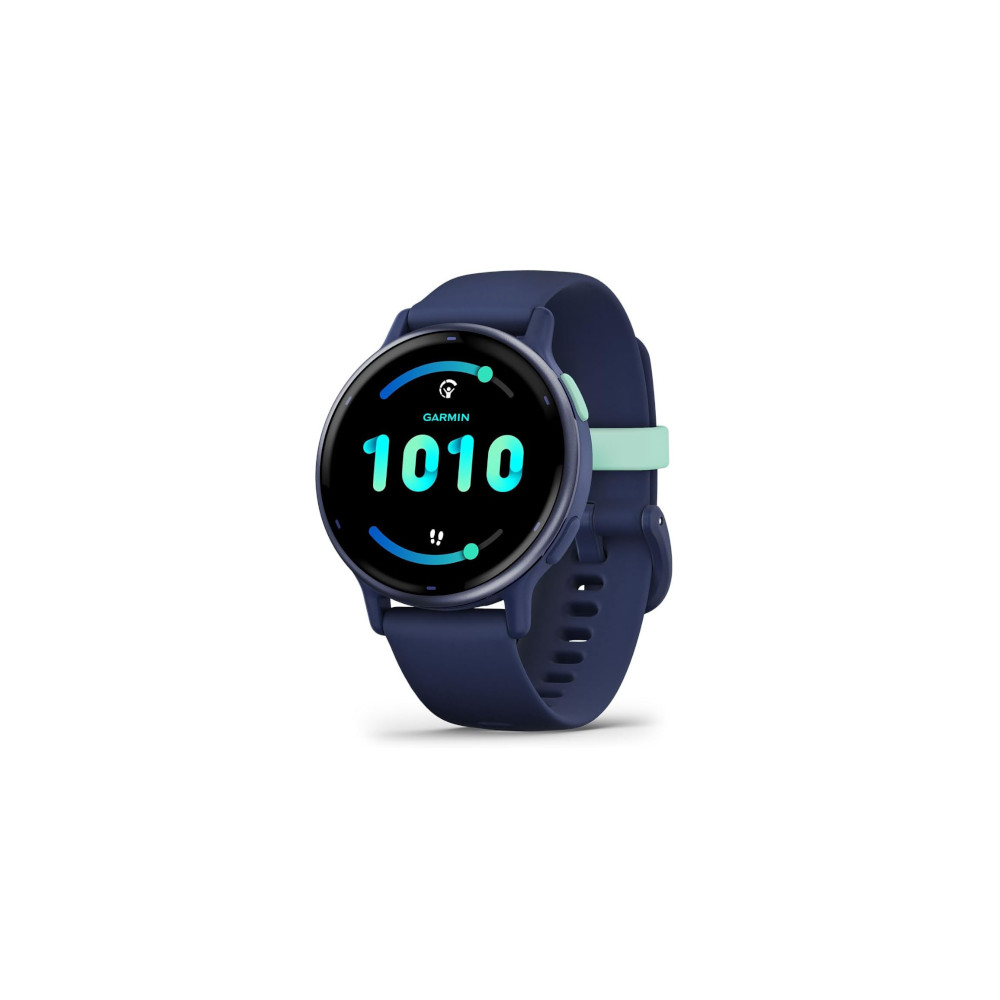

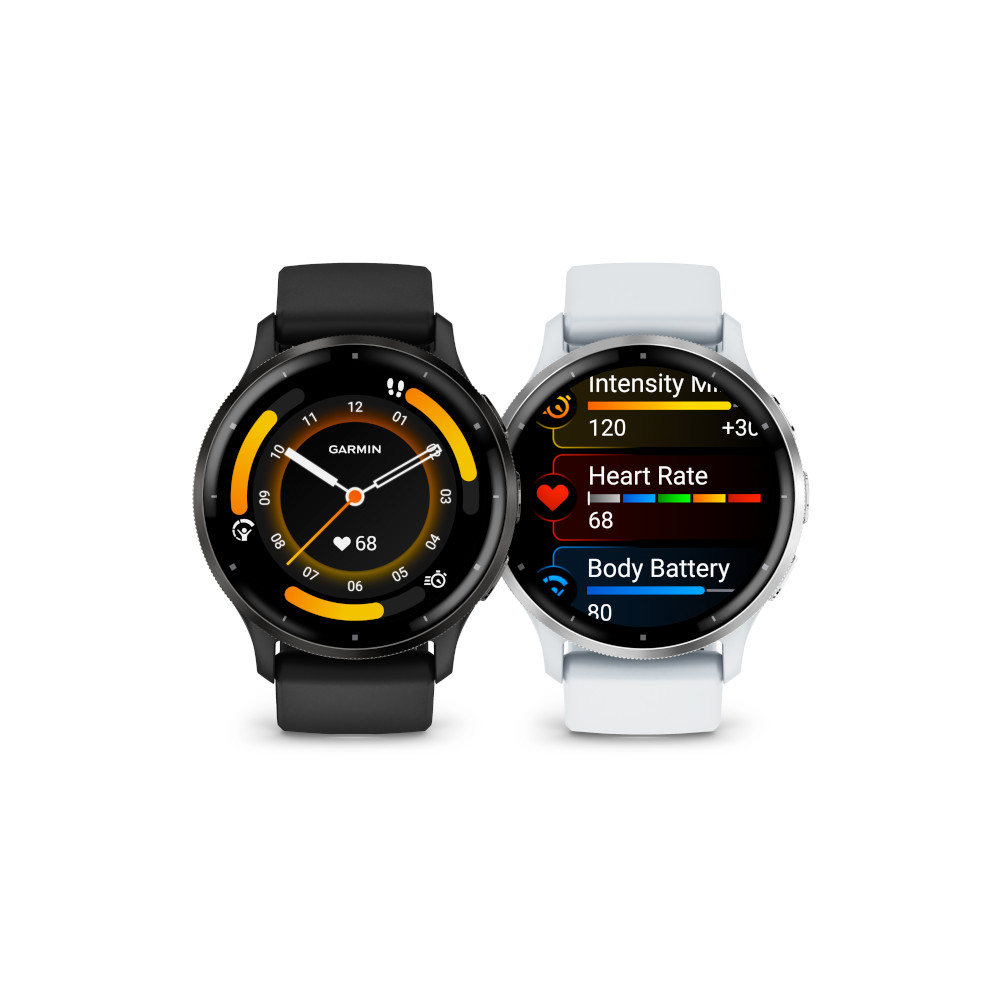

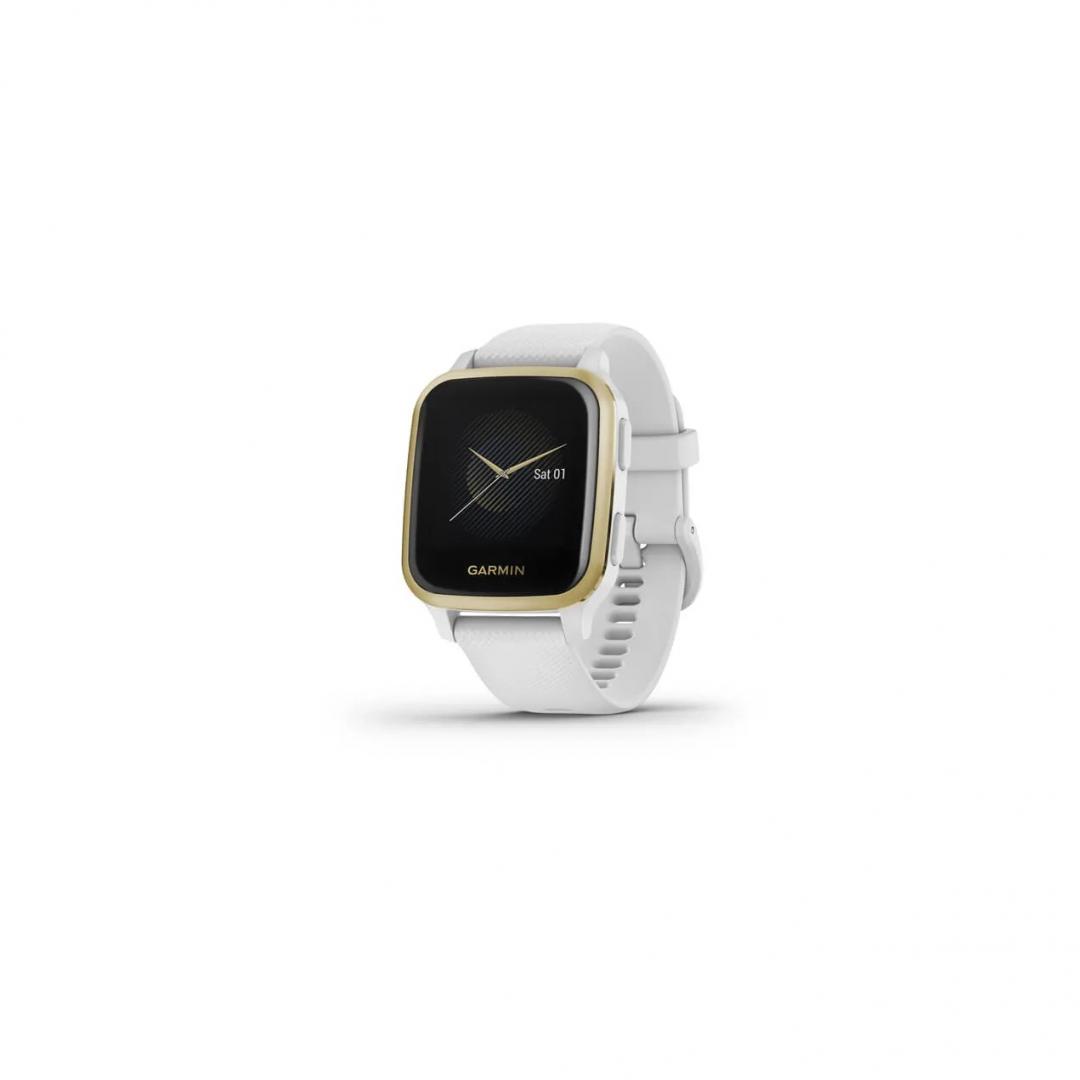

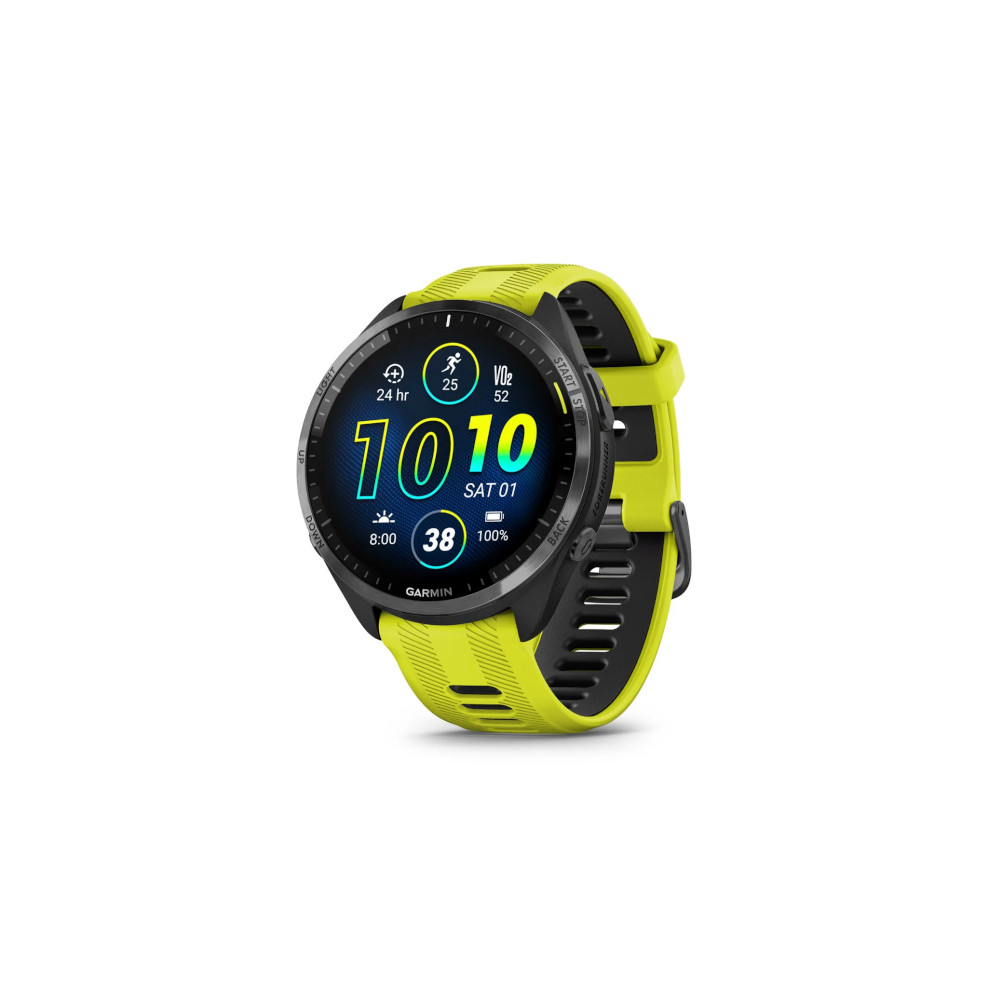

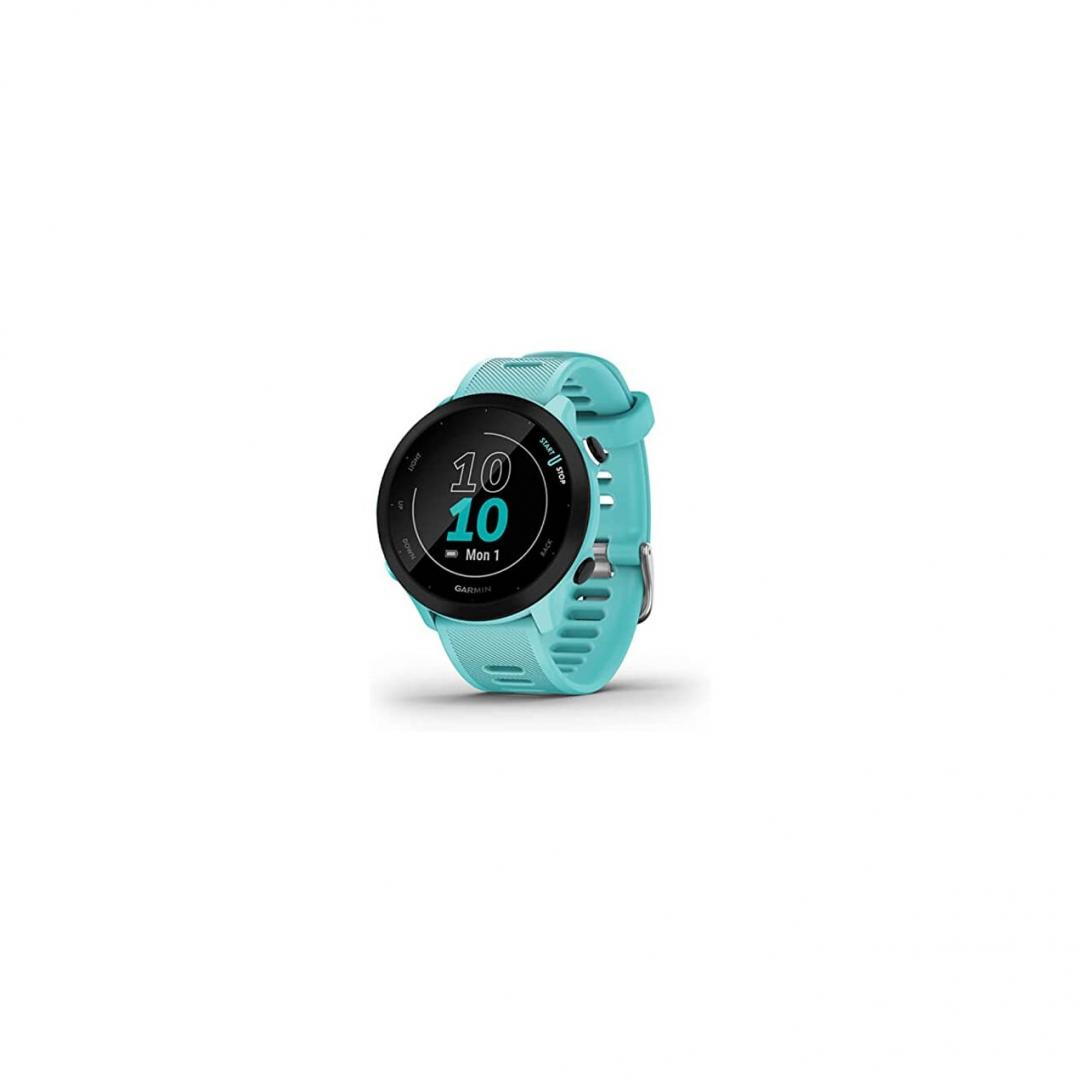

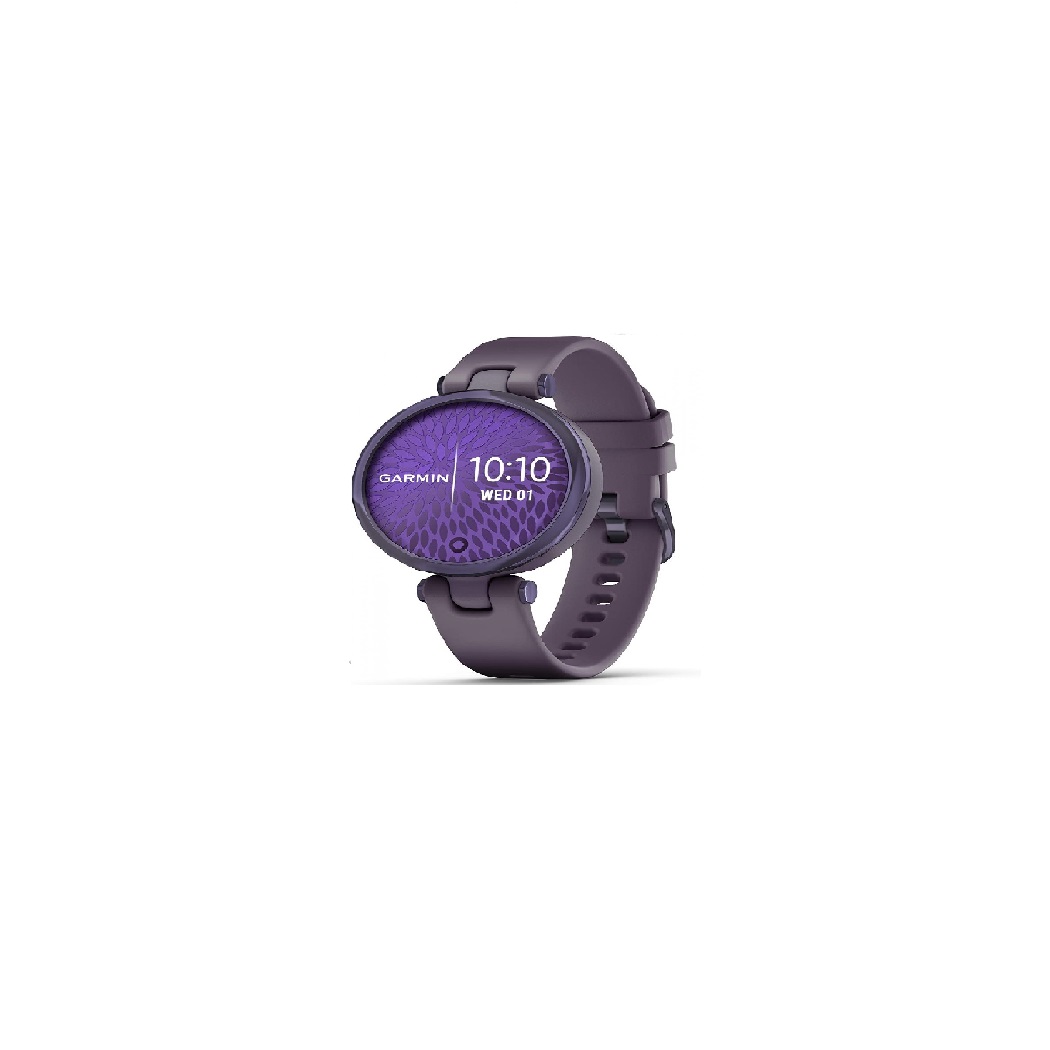
Fitbit might be the king of activity trackers, but Garmin is nearly untouchable when it comes to fitness watches. Whether you’re looking for a running watch, a golf watch, a fitness tracker, or a smartwatch that can do it all, Garmin has something for you. In fact, Garmin has so many options it can be hard to keep track of them. Here are the best Garmin watches and the best Garmin smartwatches you can buy in 2024.
How to choose the right Garmin watch for your needs
Garmin has dozens of watches, and they’re all built for specific users. That makes it difficult to pin down “the best” Garmin for every shopper. To help, we’ve separated the Garmin watches on this list into categories.
The best Garmin watches
- Garmin Fenix 7 Pro series: Devices from the Fenix 7 Pro series are the top Garmin watches you can buy. With built-in LED flashlights, the latest generation heart rate sensor, and more, these are Garmin’s everything-but-the-kitchen-sink devices.
- Garmin Epix Pro series: Essentially Fenix 7 Pro devices with an AMOLED display, the Epix Pro lineup features the best of the best in terms of tools, features, and specs but sacrifices battery compared to its MIP-touting siblings.
- Garmin vivoactive 5: At a fraction of the cost, the Garmin vivoactive 5 is the best multisport Garmin option if you don’t have ~$700 plus to spend.
- Garmin Venu 3: The Garmin Venu 3 is Garmin’s top smartwatch thanks to its bright OLED display and useful features like music storage and phone call support.
- Garmin Venu Sq 2: The Garmin Venu Sq 2 is a fantastic budget-friendly pick. It’s similar to the Venu 3 but with a few cost-cutting measures.
- Garmin Forerunner 965: Garmin’s Forerunner 965, with its AMOLED display, is easily the best running watch the company has to offer.
- Garmin Forerunner 55: For runners on a budget, the best cheap Garmin running watch is the Garmin Forerunner 55.
- Garmin Lily: The Garmin Lily is the best Garmin fitness tracker for women. It’s made specifically for people with small wrists.
Garmin Fenix 7 Pro series: The best multisport Garmin watches
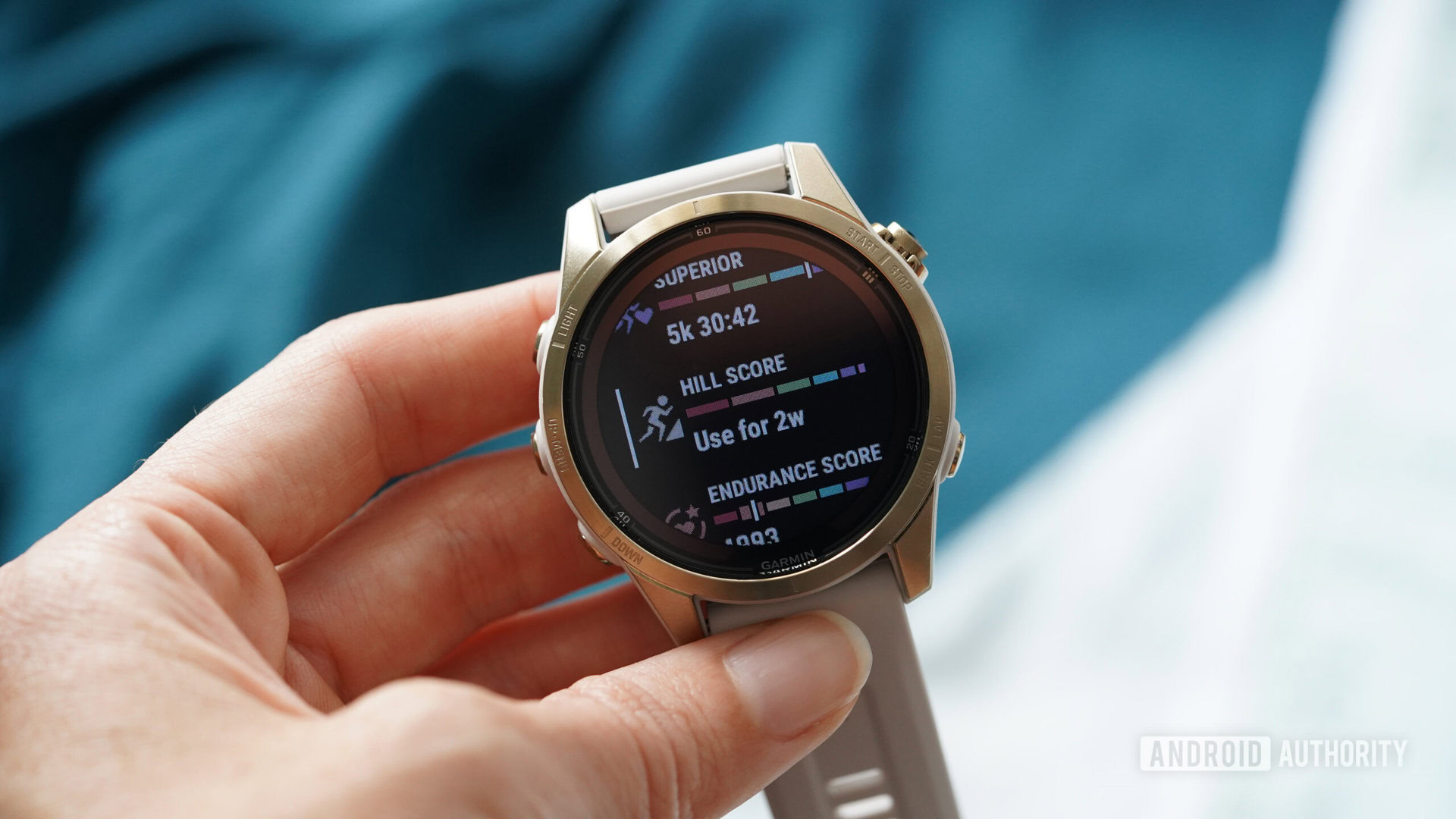
Garmin’s top-tier multisport watch lineup, the Fenix 7 Pro, adds 30 brand-new sports modes to the line’s already robust offerings. It also accurately tracks users’ daily and overnight health stats and key training metrics. It’s a powerful tool for athletes eager for every possible advantage.
During our Fenix 7 Pro review, we were most excited to see the company bring its best tools to wrists of all sizes. The Fenix 7 Pro lineup is available in three sizes, and all three now feature solar charging, multiband GNSS, 32GB of memory, and a highly useful built-in LED flashlight. We couldn’t get enough of the built-in flashlight during our review period.
Meanwhile, updated heart rate sensors mean users can rely on highly accurate health monitoring and access fantastic tools for training. The newest are Training Readiness, Hill Score, and Endurance Score. Garmin also updated users’ navigation experience with relief shading, weather overlays, and new views that keep stats on screen alongside maps. These additions make the device even more user-friendly than its already popular predecessors.


Pros
- Built-in flashlight on all sizes
- Solar charging multi-band GNSS across all models
- Highly accurate Gen 5 Elevate heart rate sensor
- Useful new training metrics and mapping upgrades
Cons
- No longer a cheaper base model option
- Slow charging and proprietary cable
- Potentially not enough to warrant an upgrade
Garmin Epix Pro series: The best AMOLED-touting device
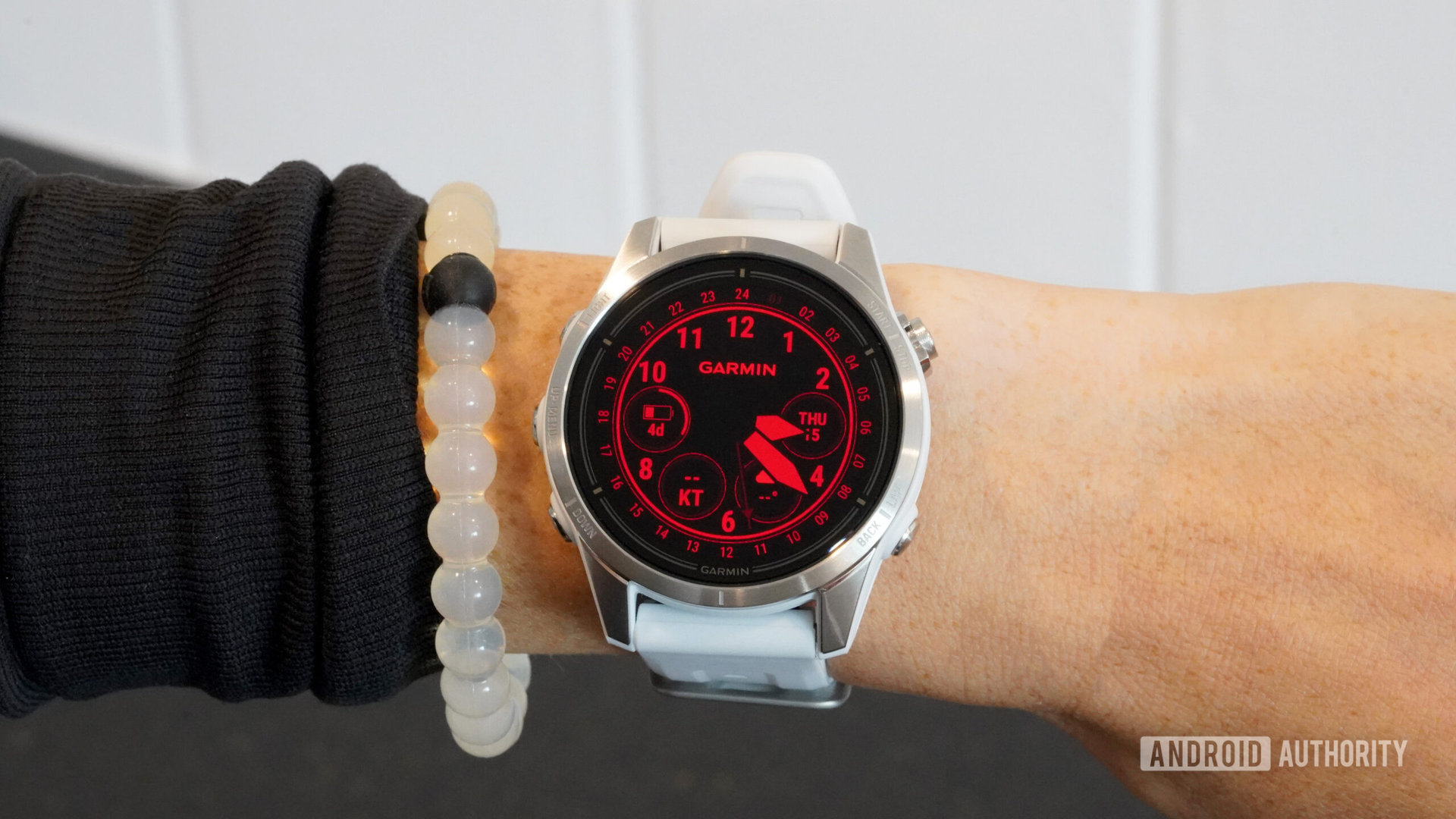
A half-step successor of the Epix Gen 2, the Epix Pro series boasts major upgrades. The device is now available in three case sizes so more users can find a better fit. Like the Fenix 7 Pro lineup, the device offers all the top training tools Garmin offers, including newer features like Endurance Score and Hill Score and 30 additional activity modes. Each model also packs Garmin’s latest Gen 5 Elevate heart rate sensor and the company’s highly reliable multiband GNSS. Throughout our review period, we found the device’s accuracy nearly flawless.
Unlike the Fenix 7 Pro series, Epix Pro models all feature beautifully vibrant, full-color AMOLED displays. This makes features like weather overlays and relief shading on maps even more accessible. It also means solar charging is impossible, but the watches still offer fantastic battery life. Like the Fenix 7 Pro line, all Epix Pro models feature a built-in LED flashlight for navigating dark campsites (or just finding your way around the house after hours). The Epix Pro also adds another tool for late-night use called Red Shift Mode (pictured above). This overlay turns everything on the screen into red-only hues to help users preserve night vision.


Pros
- Available in three sizes
- Fantastic heart rate and GPS tracking
- Built-in LED flashlight and Red Shift Mode
- Incredible battery life on largest model
Cons
- Expensive
- New software features need tweaking
Garmin vivoactive 5: The best cheap multisport Garmin watches
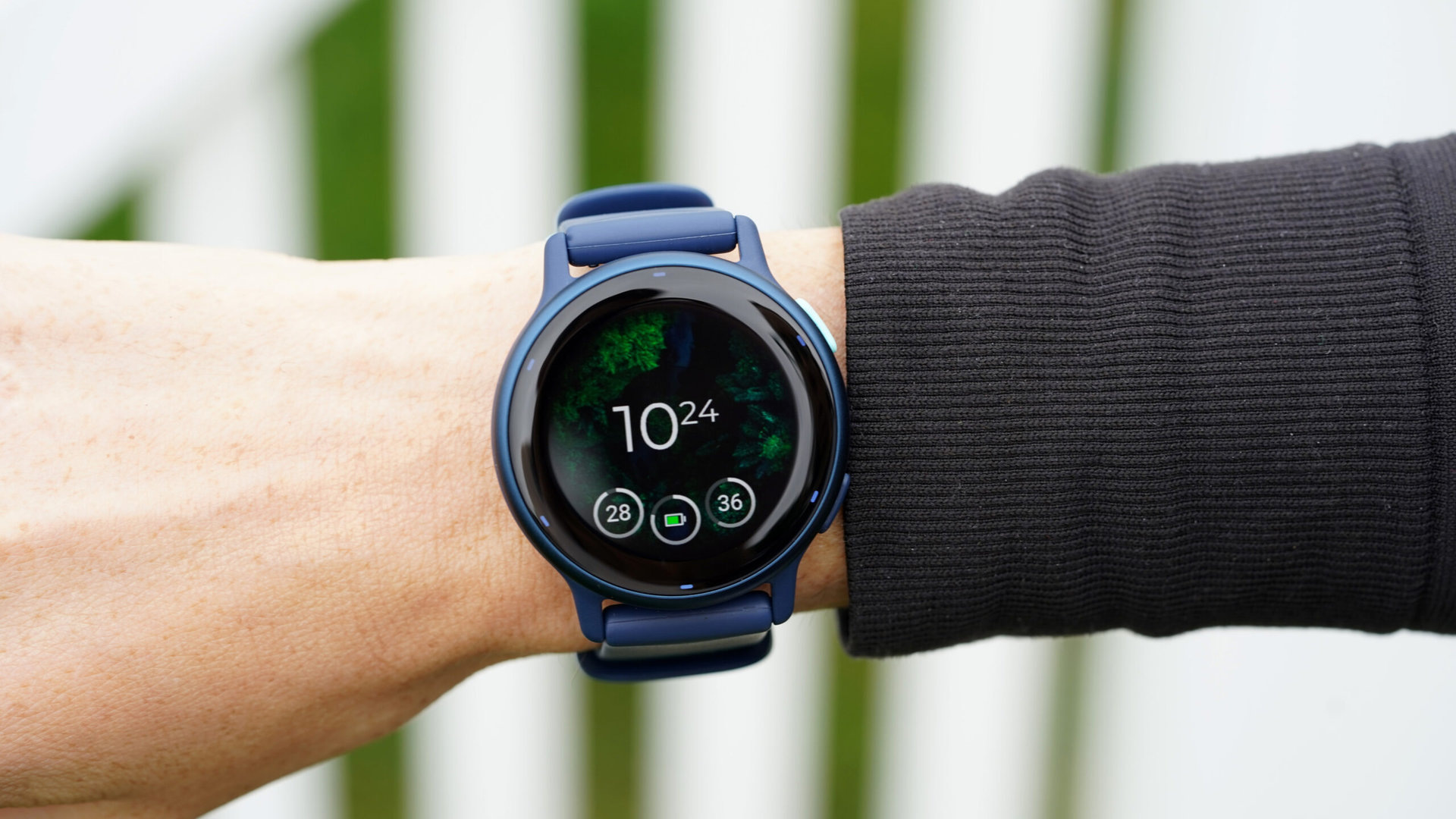
The Garmin vivoactive 5 is the multisport Garmin watch to buy if you don’t have the bank account to flex for a Fenix or Epix smartwatch. We thought the lineup was headed to pasture after years without an update, but instead, the newest model surprised us all with significant upgrades. The budget line joins many Garmin favorites on the AMOLED display train, and the facelift is a welcome change that elevates and modernizes the lineup.
Below its colorful new 1.2-inch display, the watch packs many key features, including Garmin’s excellent ecosystem of apps, brand-new training tools, and automatic nap detection. It also boasts an updated heart rate sensor and a lower price tag than its predecessor. We even found the device’s GPS accuracy on par with much pricier Garmin devices. To cut costs, the Vivoactive 5 curtails its feature set in a few ways. Users won’t find a barometer, ECG app compatibility, or the useful smart features found on the Venu 3 below.


Pros
- Vibrant, AMOLED display
- Refreshed user interface
- Automatic nap detection and sleep coaching
- Heaps of added health and fitness tracking tools
- Lower price point than predecessor
- Accurate heart rate and GPS sensors
Cons
- Removed barometric altimeter
- Eliminated workout animations
- Won’t be compatible with ECG app
Garmin Venu 3: The best Garmin smartwatch
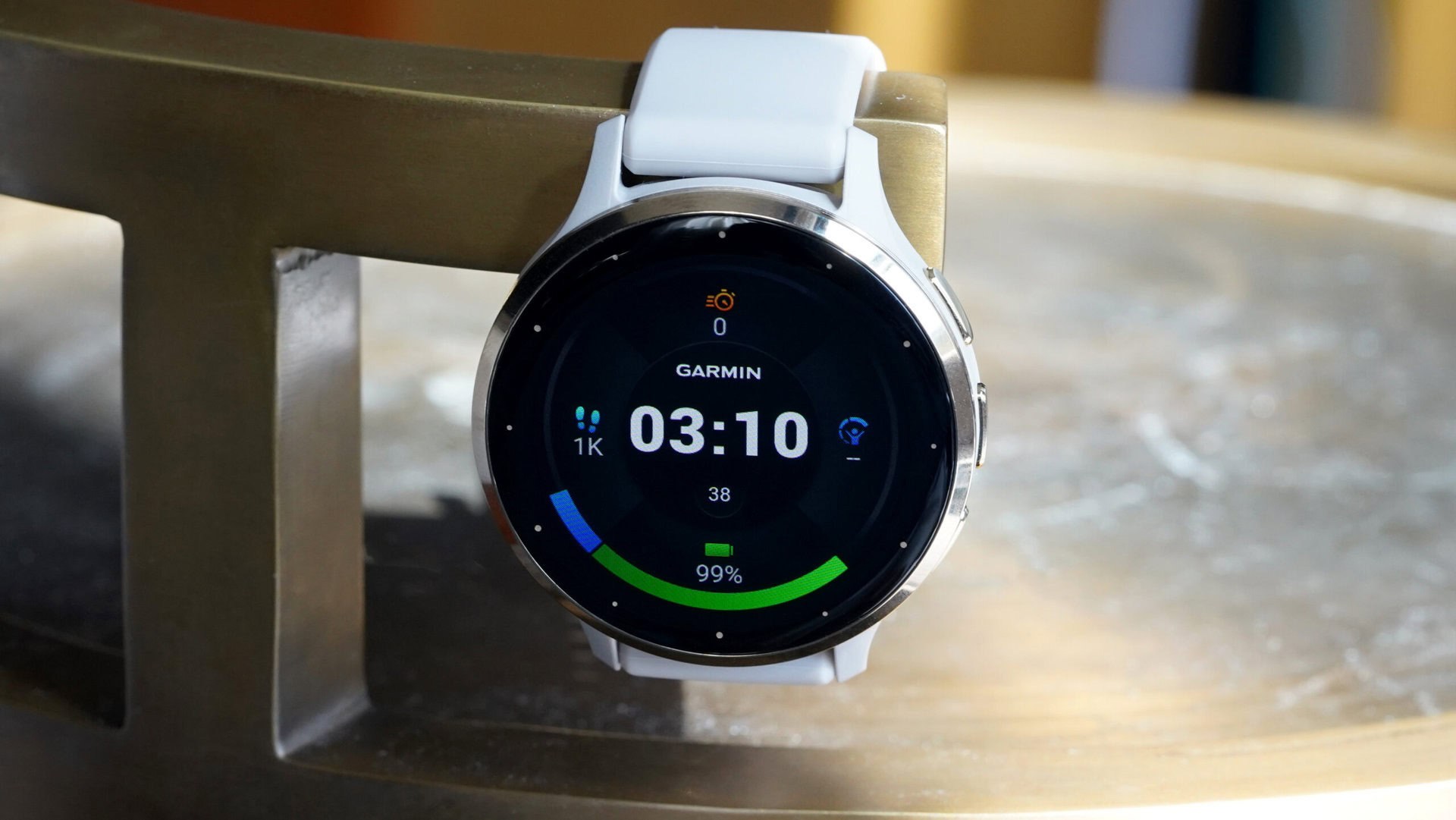
The Garmin Venu 3 is hands down the company’s best smartwatch. It builds on the original Garmin Venu 2 and Venu 2 Plus with additional training tools and upgraded sensors for an even more comprehensive fitness-tracking smartwatch. The Venu 3 series also brings back a second case size to appeal to more shoppers, offering a 45mm and 41mm option. Both sizes pack upgraded device navigation, including an expanded shortcuts feature, more organized widget menus, and additional watch faces.
Below the surface, the watch boasts the newest generation Elevate V5 optical heart rate sensor, multi-GNSS support, and tools like Recovery Time, Workout Benefit, and Perceived Exertion. The Venu 3 also features automatic nap detection for the first time on any device from Garmin’s stable. Since launchthe device’s V5 heart rate sensor was also certified to provide ECG readings like the Venu 2 Plus. As for smartwatch features, the Venu 3 still boasts phone call support and voice assistant compatibility when a paired phone is nearby, making it the best pick for a well-rounded smartwatch.


Pros
- Highly accurate GPS and heart rate sensors
- Automatic nap detection and sleep coaching
- On-device phone call and voice assistant support
- Up to 14-day battery life
- Larger display
Cons
- Pricey compared to competitors
- No LTE model
Garmin Venu Sq 2: The best cheap Garmin smartwatch

Looking at the Venu 3 but not looking to pay $400? The Garmin Venu Sq 2 gets you 90% of the way there for just $250. It may be a cheaper smartwatch, but it still offers plenty. A significant upgrade to a device we already loved, the Venu Sq 2 adds a few important updates to the original Venu Sq for an even better experience. Off that bat, users will notice a bright, colorful AMOLED display in the same familiar square shape. This means you can now personalize the Sq line with hundreds of watch faces available in the Garmin IQ app. The watch is also available in sleek colorways with metallic bevels for an elevated look. We found it easy to pair the device with everything from activewear to formal attire during our Garmin Venu Sq 2 review.
Beyond the build, the device offers more than 25 sport modes and 24-hour heart rate monitoring, SpO2 monitoring, sleep tracking, and more. Users will even find Body Battery and Health Snapshot on board. The device’s sensors proved accurate and reliable in testing, though we were surprised to see Garmin drop an altimeter from the line.
Like the previous generation, the Venu Sq 2 comes in both a base model and a pricier Music Edition with storage for up to 500 songs. We suggest splurging for the latter as the added storage means you can leave your phone at home and still have music on runs and rides. The base model can be found in Gray/Slate, White/Cream Gold, and Cool Mint/Metallic Mint. The Music Edition is available in Ivory/Peach Gold (pictured), Black/Slate, and French Gray/Cream Gold.


Pros
- Bright, colorful AMOLED display
- Very impressive battery life
- Improved heart rate accuracy
- Accurate GPS
- Useful sleep tracking
- Handy Health Snapshot feature
Cons
- Pricier than its predecessor
- No altimeter
- Music storage costs extra
- Limited smartwatch features
- No audible alerts
Garmin Forerunner 965: The best Garmin running watch
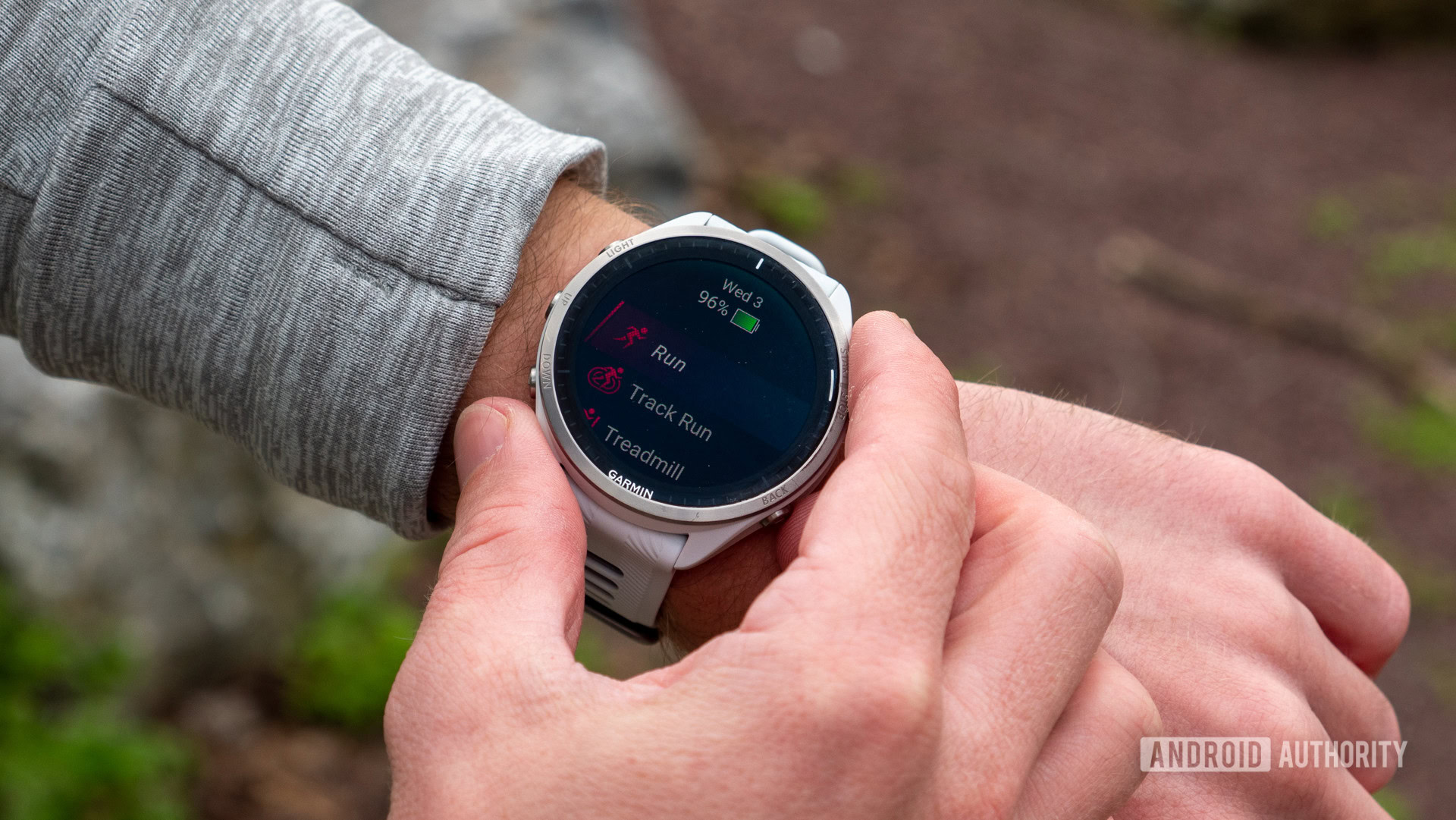
The Garmin Forerunner 965 is our top pick from the Garmin running watch stable. As Garmin devices tend to do, it brings back everything we already adored about the previous generation and adds exactly what users requested. Chief among those requests: a colorful AMOLED display. The vibrant facelift elevates the user experience to the top-tier level of its accurate health and fitness sensors.
For starters, the device offers both impressive heart rate tracking and unfaltering GPS accuracy. Users will also find all the best Garmin offers in terms of training tools, including advanced metrics and performance analysis. What sets the 965 apart is how much the new touchscreen enhances the user experience. Throughout our Forerunner 965 review, we were tickled by how readable and crisp Garmin’s excelling mapping features appeared on the screen.
The watch also doesn’t sacrifice peripheral features important to runners. Battery life still lands in the multi-week realm, making the loss of solar charging easier to swallow. There’s still 32 GB of storage for loading up your favorite music or golf courses. For cross-training, the Forerunner 965 offers dozens of workout types beyond running, including team sports and niche activities. The line still supports digital payments for grabbing a snack on the go.
In other words, this isn’t just one of the best Garmin watches available; it’s one of the best running watches you can buy. If it’s a little out of budget, check out the midrange Forerunner 265 for a similar experience at a lower price.


Pros
- Crisp OLED display
- Upgraded titanium bezel
- In-depth mapping options
- Responsive touchscreen
- Advanced training metrics
- Accurate HR and GPS
Cons
- No solar charging option
- No wireless charging
- No ECG
Garmin Forerunner 55: The best cheap Garmin running watch
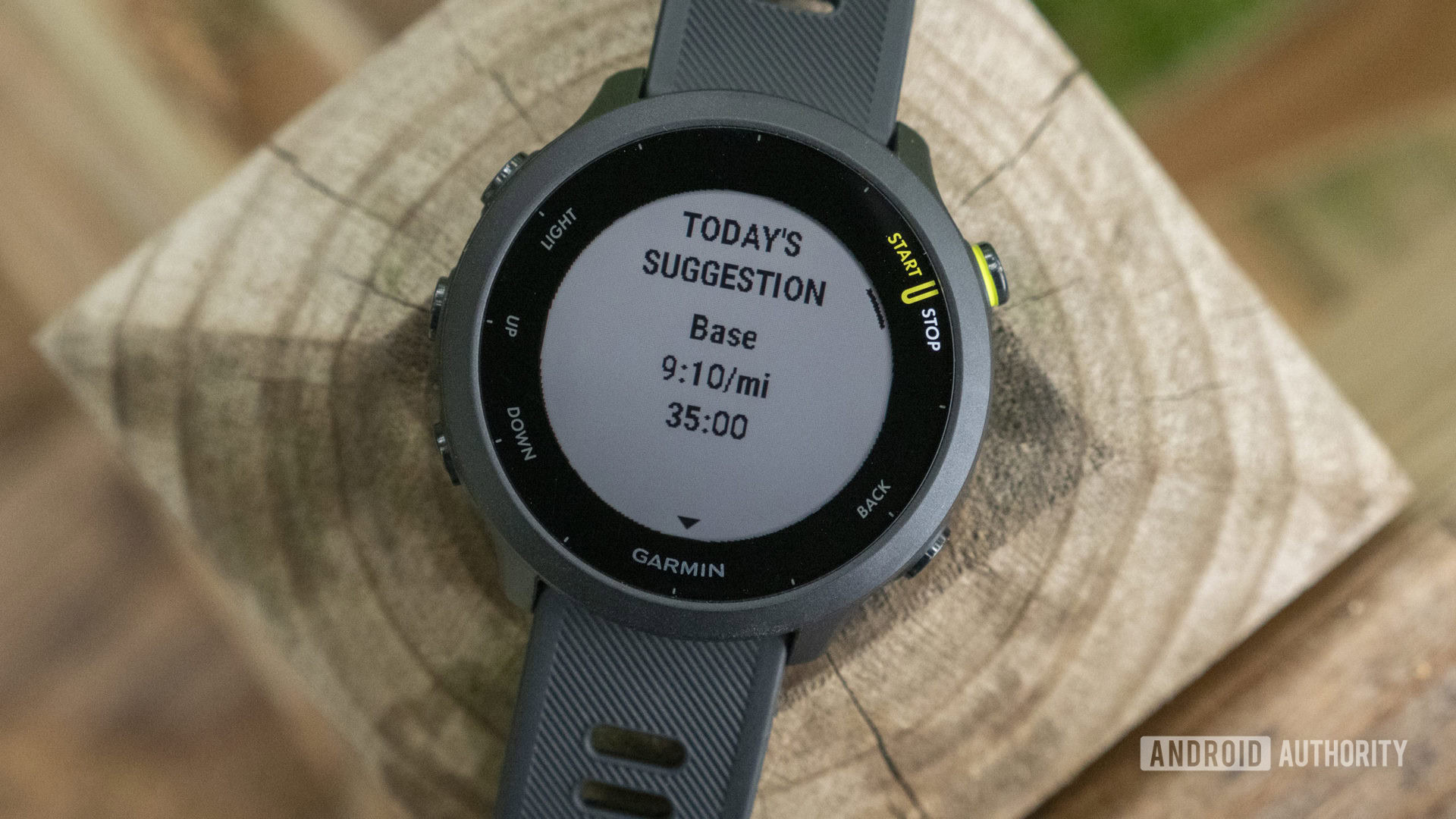
The Garmin Forerunner 55 is the best cheap running watch from the company. It follows Garmin’s typical update strategy — the Forerunner 55 is essentially a cheaper Forerunner 245 with hardware similar to the Forerunner 45 line. The 55 looks much more like Garmin’s other Forerunner devices. Luckily, you no longer need a screwdriver to remove the straps.
On this model, battery life is improved from seven days to two weeks. Garmin also brought many existing training features to the Forerunner 55, including PacePro, Race Predictor, Recovery Advisor, cadence alerts, daily suggested workouts and additional sport profiles. However, there’s still no Garmin Pay or music storage, so you may need to opt for a higher-end device if you want those features.
Most importantly, we were very impressed with the device’s accuracy during our Garmin Forerunner 55 review. Garmin’s Elevate heart rate sensor kept up well with more expensive devices, including our Apple Watch. Likewise, GPS is very reliable. It accurately tracked our runs and even outperformed competitors in some cases.


Pros
- Improved design with easily removable straps
- Fantastic 2-week battery life
- Race Predictor and cadence alerts are helpful additions for runners
- Great value
- Excellent heart rate and GPS performance
Cons
- Sleep tracking accuracy is questionable
- The display could be improved
Garmin Lily: The best Garmin tracker for women
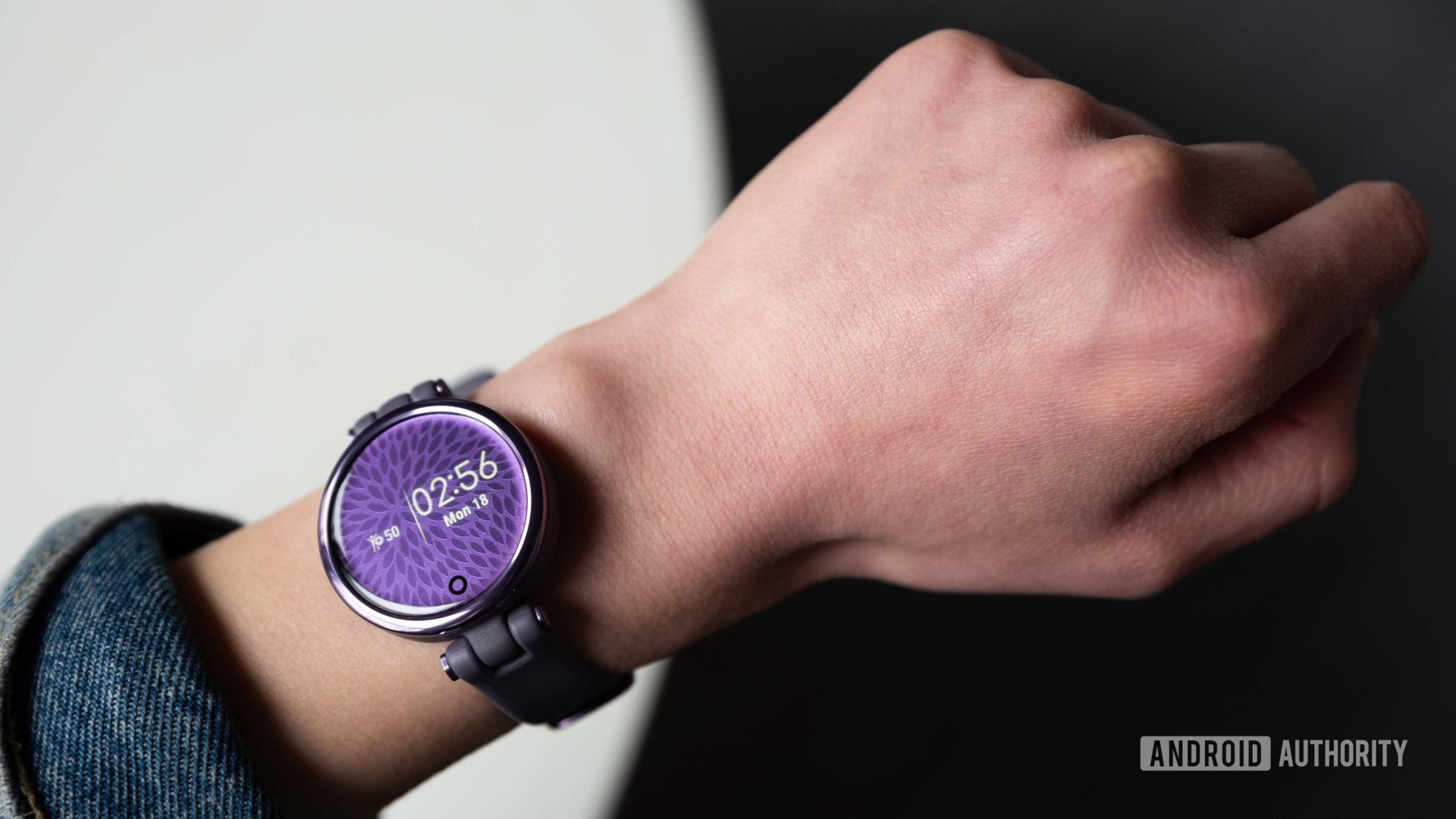
The Garmin Lily is a small, basic activity tracker geared toward women. The lightweight, compact design is refreshing for those with smaller wrists — a demographic underserved in the wearables market. However, the Garmin Lily is a bit bare-bones for our liking. Garmin markets this as “the small and fashionable smartwatch women have been waiting for.” Sure, it’s small and fashionable, but the second half of that sentence may be stretching things. We found the device somewhat barebones during our Garmin Lily review.
Due to its compact design, Garmin made some sacrifices with the Lily’s feature set. For instance, it doesn’t have Garmin Pay or onboard GPS. It does, however offer detailed sleep tracking and accurate heart rate data. This is a good pick if you are a woman looking for a very basic device. It’s also Garmin’s only watch specifically designed for women.

Pros
- Great fit, for even the slightest of wrist sizes
- Simple, easy-to-understand UI
- Accurate heart rate tracking
- Detailed, accurate sleep tracking
Cons
- Display pattern can be distracting
- Proprietary, non-standard charger
- Proprietary straps may cause headaches
Honorable mentions
That’s it for our list of the best Garmin watches you can buy, but it’s only a fraction of what’s out there. We also want to give an honorable mention to the following products:
- Garmin Fenix 6 series: Featuring last-gen tech, the Fenix 6 series is still a line of powerful devices and a good way to save some cash. The devices can often be found on sale for significantly less than their launch price.
- Garmin Venu 2 Plus: Now that the Venu 3 is out, the previous model is available for a discount across many retailers. If you need an ECG app now, this is a worthy option.
- Garmin vivosmart 5: Garmin reentered the fitness tracker game with the vivosmart 5. The latest adds a touchscreen display and interchangeable bands.
- Garmin Instinct 2: For adventurers and outdoor enthusiasts, this addition to the Instinct line adds a ton of features, including added sport modes and impressive battery life with solar charging.
- Garmin Instinct Crossover: For a feature-packed hybrid experience, the Instinct Crossover offers the best of the Instinct lineup plus real ticking watch hands and even better GPS accuracy.
- Garmin Forerunner 265: Another great running watch at a middle-of-the-road price, the Forerunner 265 is easy to recommend. We couldn’t find much not to like about it.
FAQs
Yes. In addition to Android phones, Garmin watches can also connect to iPhones. To connect your device to your iOS phone, Download the Garmin Connect app from the App Store.
Most Garmin wearables are water-resistant to 5ATM.
We think a Garmin watch is absolutely worth buying. Garmin devices are historically reliable and accurate. They’re also supported for many years, making each generation a worthwhile investment.
Yes, Garmin can connect with the popular running and cycling app Strava. To link your Garmin device and Strava account, open Garmin Connect, select settings, and select connected apps. Finally, select Strava and sign in to your Strava account.
Unfortunately, there is no clear answer to this debate. Garmin and Fitbit each have their strengths and are better for a certain type of user. Read our full Fitbit vs Garmin comparison guide to learn more about both ecosystems.